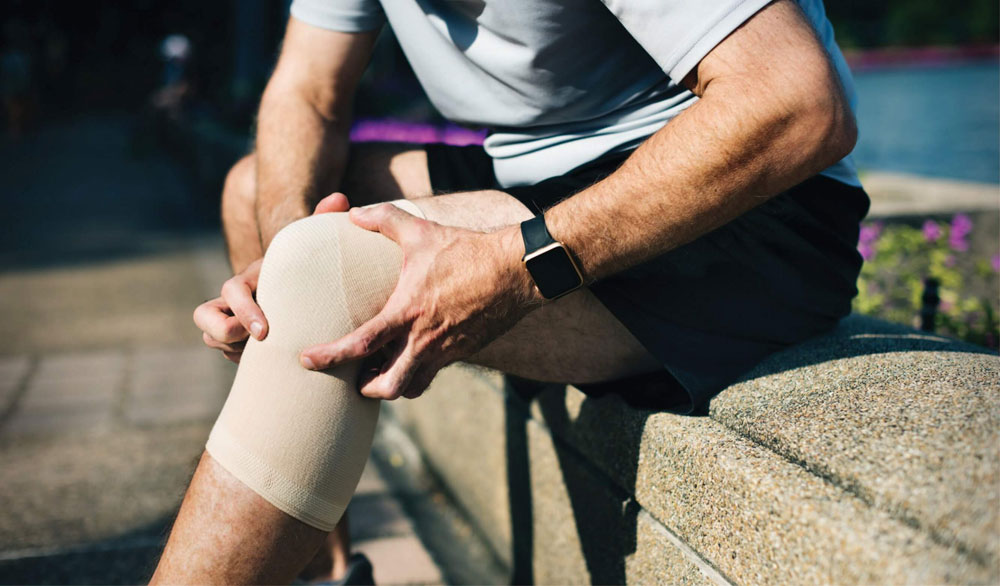© Copyright 2019. Regrow Biosciences Pvt Ltd. All Rights Reserved
Blog
© Copyright 2019. Regrow Biosciences Pvt Ltd. All Rights Reserved
Blog
Cartilage and Associated Injury
10th July 2020

Cartilage is the main type of connective tissue in the body which is tough and flexible. Around 65–80% of cartilage is water and the rest is a gel-like substance called the ‘matrix’ that gives it its form and function. Cartilage is mostly found in the joints like shoulder, elbow, wrist, hip, knee, ankle as well as in the rib cage, ear, nose, throat and, between vertebral disks.
The main function of the cartilage is to provide a framework on which bone deposition may begin. Cartilage covers the surfaces of joints and allows bones to slide over one another without friction. It can withstand compression forces and acts as a shock absorber- especially in the knee joint.
Cartilage is made up of cells such as chondroblasts and chondrocytes. It also contains extracellular matrix, made up about 10% aggrecan, 75% water and, a mix of collagen fibers. Chondrocytes, or chondrocytes in lacunae, are cells found in cartilage connective tissue. They are the only cells located in cartilage. They produce and maintain the cartilage matrix, which is a type of lake in which the chondrocytes swim.
There are no nerves in cartilage and so damaged cartilage does not cause pain. There are no blood vessels in cartilage, and so it does not heal itself well. When cartilage has become thinned or damaged, a limited amount of new cartilage may be produced. The new cartilage cells will grow in irregular, bumpy patterns that lead to biomechanical (structural and functional) changes. The result is that the bones may rub and grind against one another at the joint and this can be a source of pain. If left untreated, the affected joint is no longer functional, and this leads to disability.